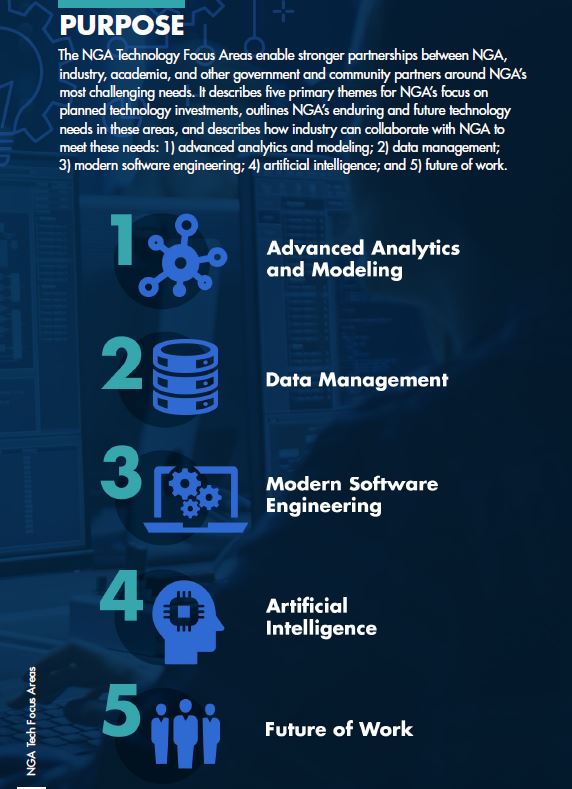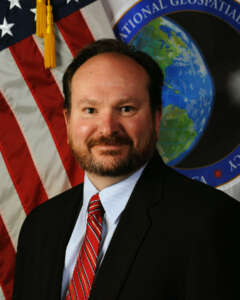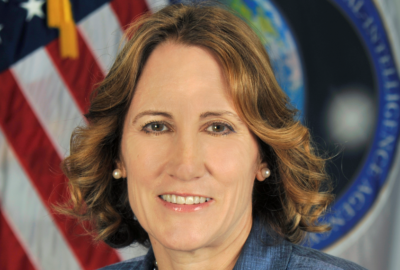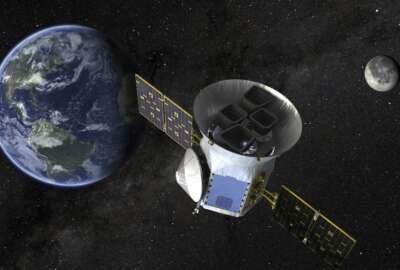 Exclusive
Exclusive NGA outlines approach to tackle ‘underlying, enduring’ technology challenges
Mark Munsell, the NGA chief technology officer, said industry, particularly non-traditional companies, should use the tech focus and technology strategy documents...
The National Geospatial-Intelligence Agency released new technology strategy and technology focus areas. The two documents are filled with the typical concepts you would expect, like data analytics, cloud and security.
But what the focus areas and strategy are really meant to solve are some of NGA’s mission areas’ most pressing challenges.
Mark Munsell, the NGA chief technology officer, said these two documents will help the agency begin to get at some of its most underlying, enduring technology and analytical problems.
“We are looking for industry to take a look at those and propose ideas and technologies that might address those enduring needs,” Munsell said on Ask the CIO. “We have the technology strategy that focuses on the processes and how we’d like to change. While the tech focus areas focus on the actual what we are looking for, the technology strategy focuses on how we’d like to act, how we’d like to behave and the processes we’d like to change.”

This second year in a row NGA issued the tech focus areas, which includes everything from advanced analytics and modeling to data management to modern software engineering to artificial intelligence to the future of work, as a way to inform industry of what the agency is looking for in the coming years.
Munsell said the agency released the first set of tech focus areas in 2019, and then evolved it for 2020 with some new areas like a focus on product management under software engineering and the future of work, which is about people, mobility and access to data.
But what NGA realized is the tech focus areas do not address the bigger issues that the agency and industry need to change. This is where the technology strategy comes in as it compliments the focus areas and provides industry with a roadmap of sorts for how NGA wants to act in the next five years.
Munsell said NGA could’ve written a 100-page document about technology needs, but decided to focus on those cutting edge areas that maybe would appeal to new or different companies.
“We tried to focus this a little more on the progressive things so that not just your typical integrator or your typical defense industry partner would typically have,” he said. “We looked to provide a list of technologies in a lexicon that is normally not a part of the defense or intelligence base. We tried to convey it in a way that maybe brand new or non-defense companies would understand.”
He added, however, if vendors are looking for NGA technology and mission priorities, the technology strategy details how they want companies to work with them. This includes the use of DevSecOps and the need to build software with speed and agility, and the focus on product management as a way of doing business.
“A company may have product that meets the technological need of NGA, but the way they do business, the way they bring that product in and the way NGA adopts it, is really critical,” he said. “We want them to use the cloud. We want them to use DevSecOps. And we want to use product management as a way to manage that instead of the traditional program management.”
Under the modern software engineering focus areas, Munsell said it’s more than just DevSecOps, but getting closer to the customer, who consume software capabilities.

He said the government’s traditional approach to software development focused on cost, schedule and performance, and while those factors still are important, it’s really about providing NGA’s mission customers with new capabilities more often.
“We still have large programs, monolithic programs that operate in the waterfall way, and while those large programs have to transform over time, we understand that, we really are trying to have a conversation with industry where we want them to change with us,” Munsell said. “We are looking for the agency to adopt product management. We are looking for translators, people who can translate between product management processes and program management. That will not be easy. We need to have people who are steeped in both. You will have to have more technical people to be product managers. There is a skills gaps for our agency and one for the government. It’s a transition that will take many years to do.”
Another tech focus areas is data management where NGA outlines 17 different capabilities it’s interested in.
Munsell said NGA has faced two challenges around data. One is managing and ensuring the value of the hundreds of petabytes of data it collects and uses every day.
The second challenge is around how best to deal with relational and geospatial information systems databases. Of the two challenges. NGA, through the tech focus areas, is more focused on solving.
“This data is more complicated in terms of getting easy access to, in terms of merging, in terms of find correlations and doing queries. That is data is where we run into problems in terms of trying to bring it all together,” he said. “A lot of this data, especially on the GIS side, is noisy. It’s coming from a lot of different vendors, a lot of different ways to collect this data, difficult to aggregate and, in some cases, it’s very difficult to make sense of.”
Munsell said the tech focus areas and strategy documents will influence future acquisition strategies, and industry partners should look at these papers as they develop their proposals.
“It’s really a conversation that started for a lot of these companies out here. It’s the kind of thing where a company, maybe not a traditional defense company, can grab it and see what we do and what we need,” he said. “We might never had a chance to have that conversation in the past with that company because they didn’t know who we were, what we are all about or, more importantly, who to even talk to in the agency. All that stuff is covered in this tech focus areas.”
Copyright © 2025 Federal News Network. All rights reserved. This website is not intended for users located within the European Economic Area.
Jason Miller is executive editor of Federal News Network and directs news coverage on the people, policy and programs of the federal government.
Follow @jmillerWFED
Related Stories

National Geospatial-Intelligence Agency wants more intelligence





